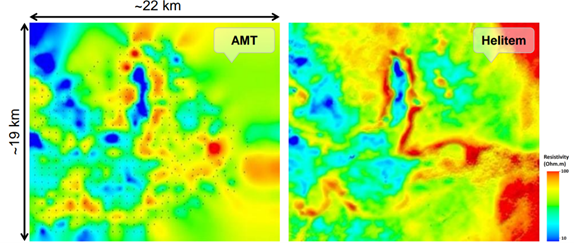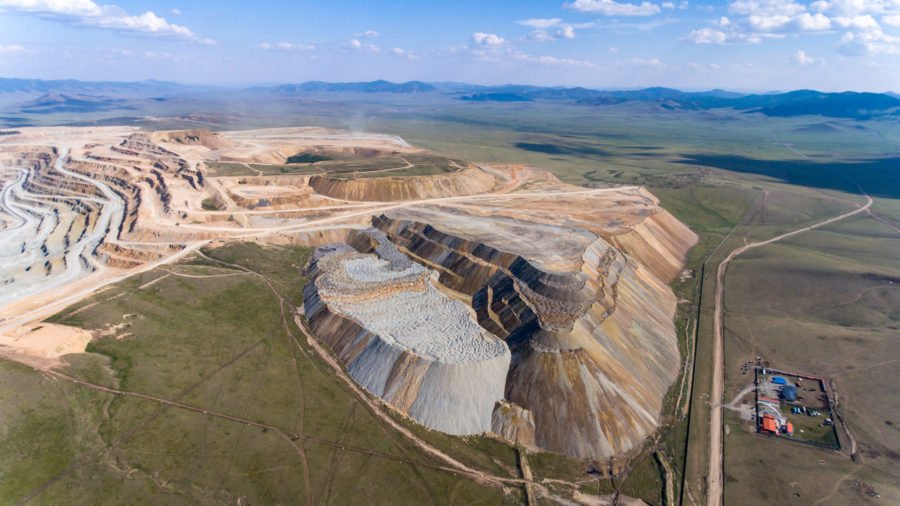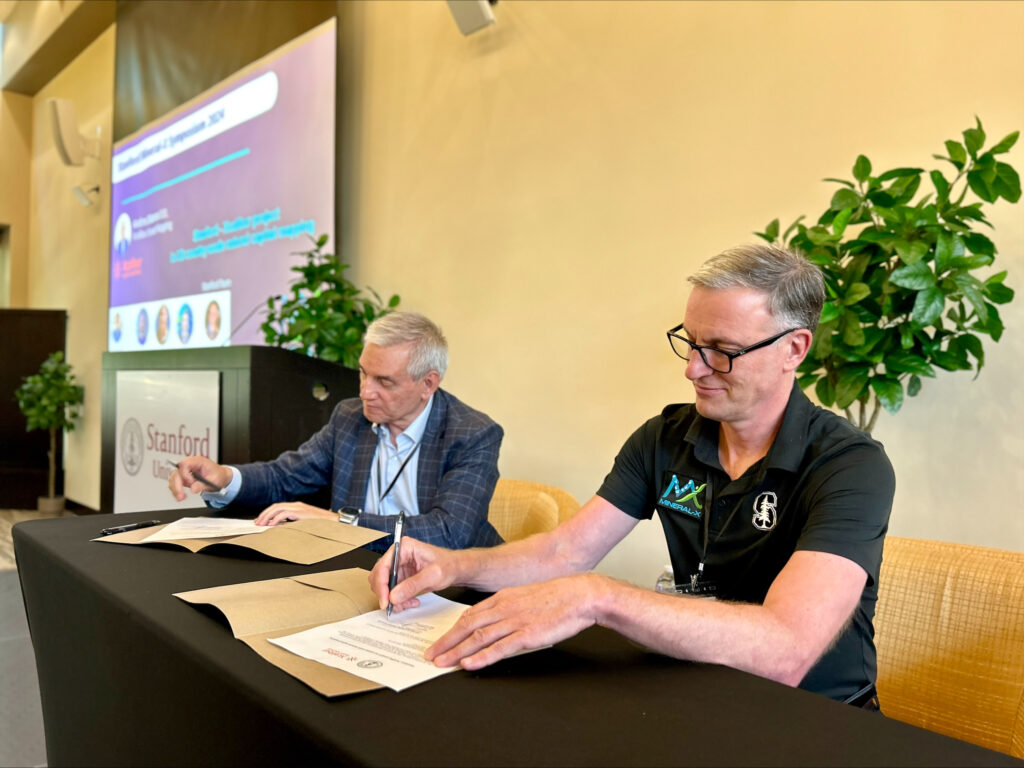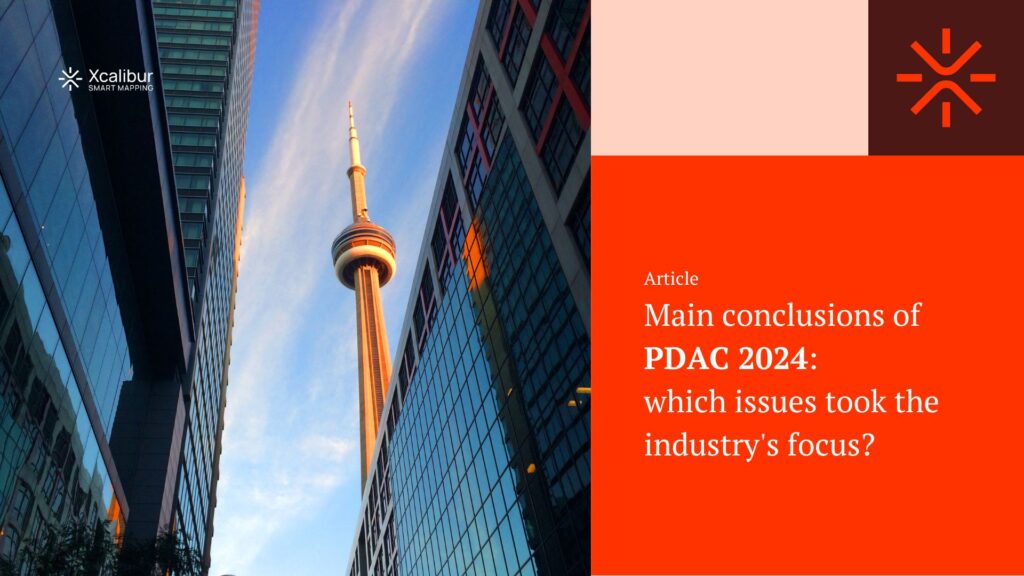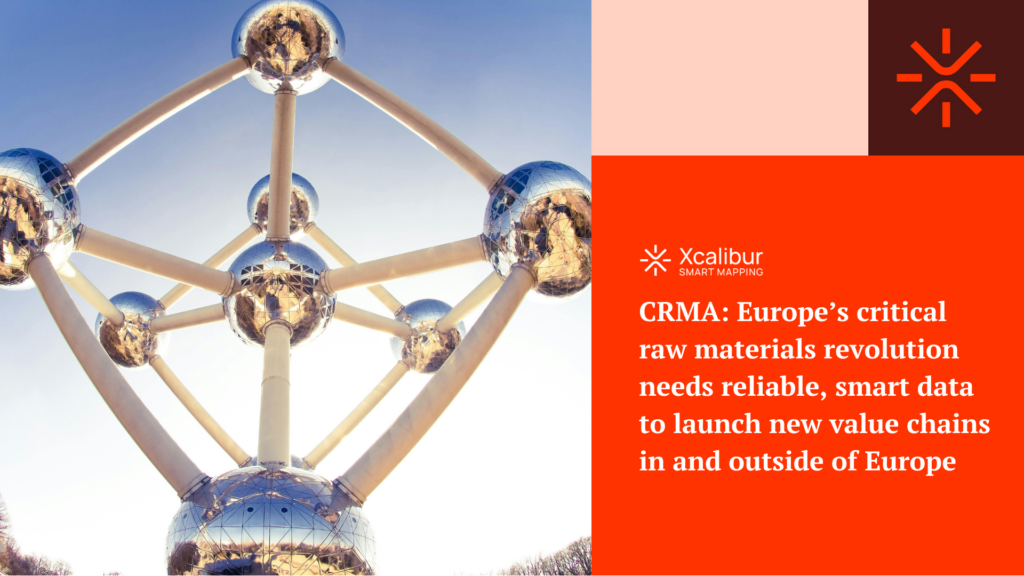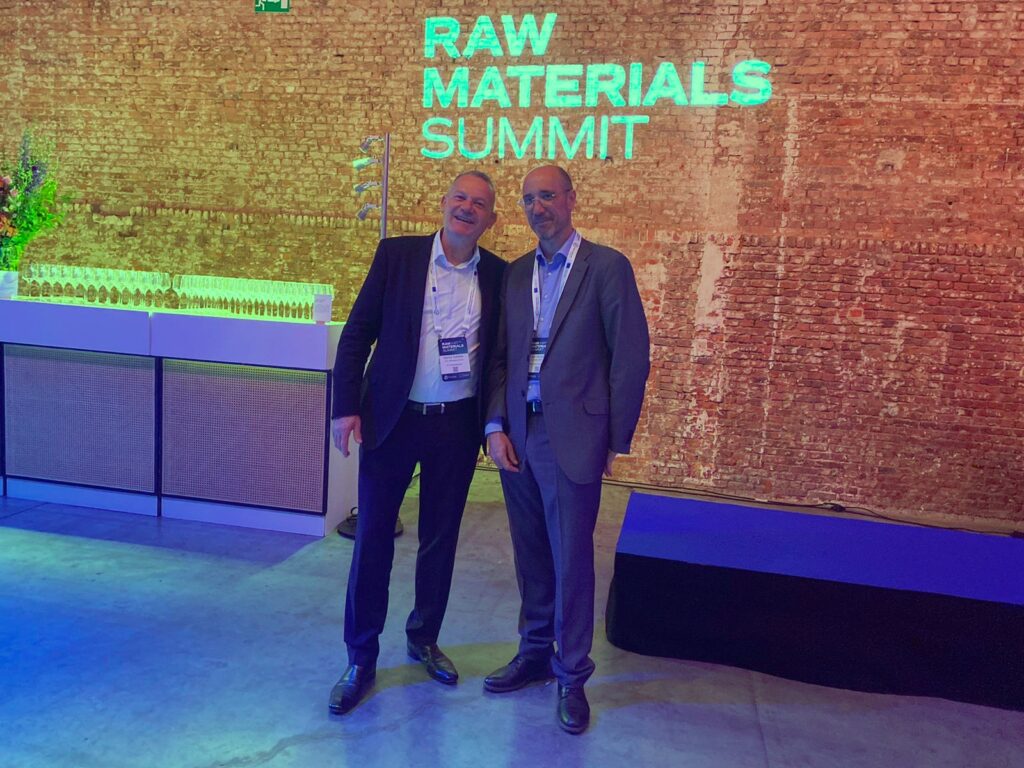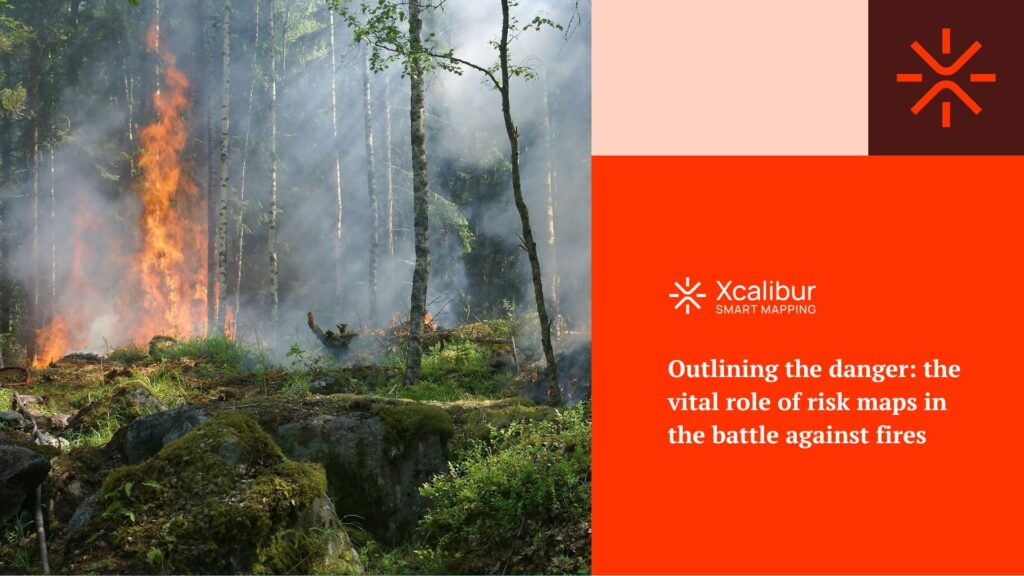Hydrocarbon Smart Detection
We continue supporting oil and gas exploration companies to meet the global energy demand and sustain the transition to a more renewable energy mix.
Since the last century conventional airborne gravity and magnetic data have been widely used in hydrocarbons exploration from regional to basin scale mapping. In complex geological areas, the integrated interpretation of potential fields data with other geophysical and geological information can determine the sedimentary section thickness, basement configuration, geometry, and distribution of intrusive intra-sedimentary volcanics, carbonates platforms/pinnacle reefs, salt structures, and mud diapirs.
Advances in instrumentation, software and processing techniques, including the deployment of the Airborne Gravity Gradiometry (AGG), have provided significant improvements in spatial resolution and sensitivity that allows mapping paleochannels and other stratigraphic features, lithologies and structures in fold-thrust belts, where the seismic imaging is extremely challenging, and identify shallow and small targets in the onshore and coastal transition zones.
The use of Airborne Gravity Gradiometry (AGG) for oil and gas exploration has expanded significantly in the last two decades, particularly in frontier areas. In some geological environments the use of this technology has become an essential tool and has been given the credit for some of the most important discoveries of the last decade. The ability of the AGG technology to cover very large areas in a short period of time has allowed explorers to optimize the amount of seismic acquisition prior to drilling while significantly shortening the exploration cycle. In frontier exploration the use of AGG remains an essential component of exploration programmes and has almost completely replaced conventional gravity acquisition.
Due to the gradual shift from frontier exploration to near-field exploration in mature basins, the focus has moved from mapping targets and delivering reliable geological models to supporting planning and design drilling campaigns. Legacy seismic reprocessing and the use of cost-efficient non-seismic geophysical techniques are considered as good base scenario to mitigate the geological risk.
Airborne Gravity Gradiometry (AGG) data can cover the 2D seismic data gaps, reducing the ambiguity the sub-surface interpretation. FALCON® AGG is a suitable solution to optimize the prospecting operations, maximizing the 3D seismic survey investment.
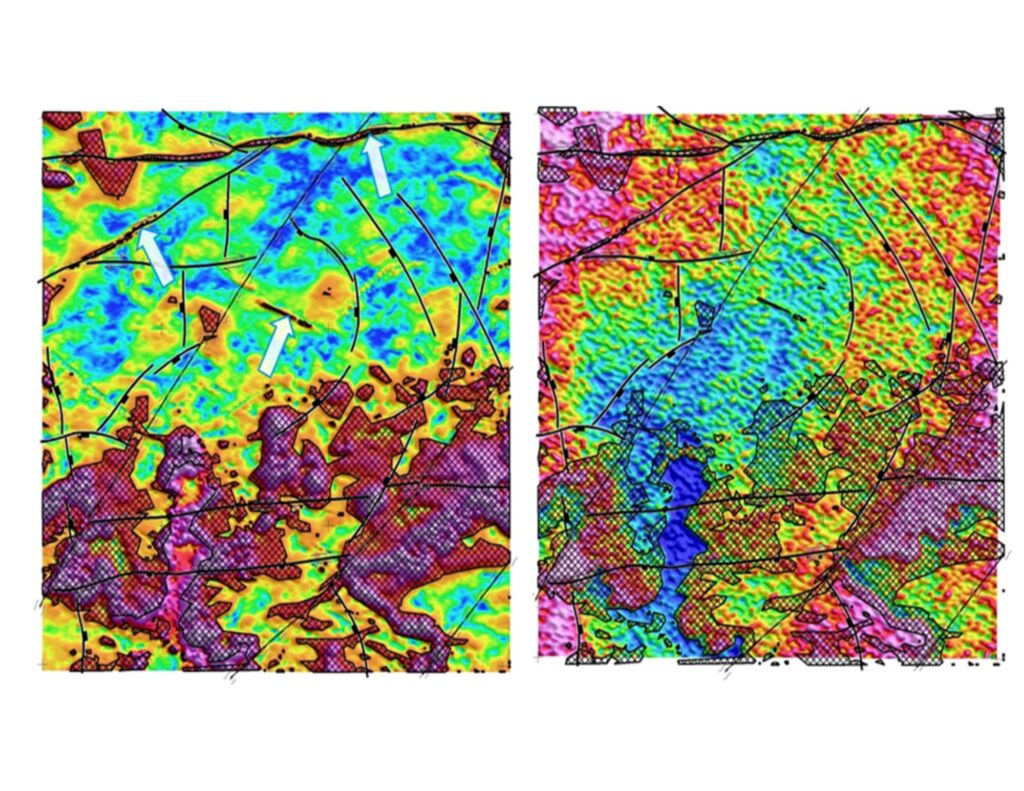

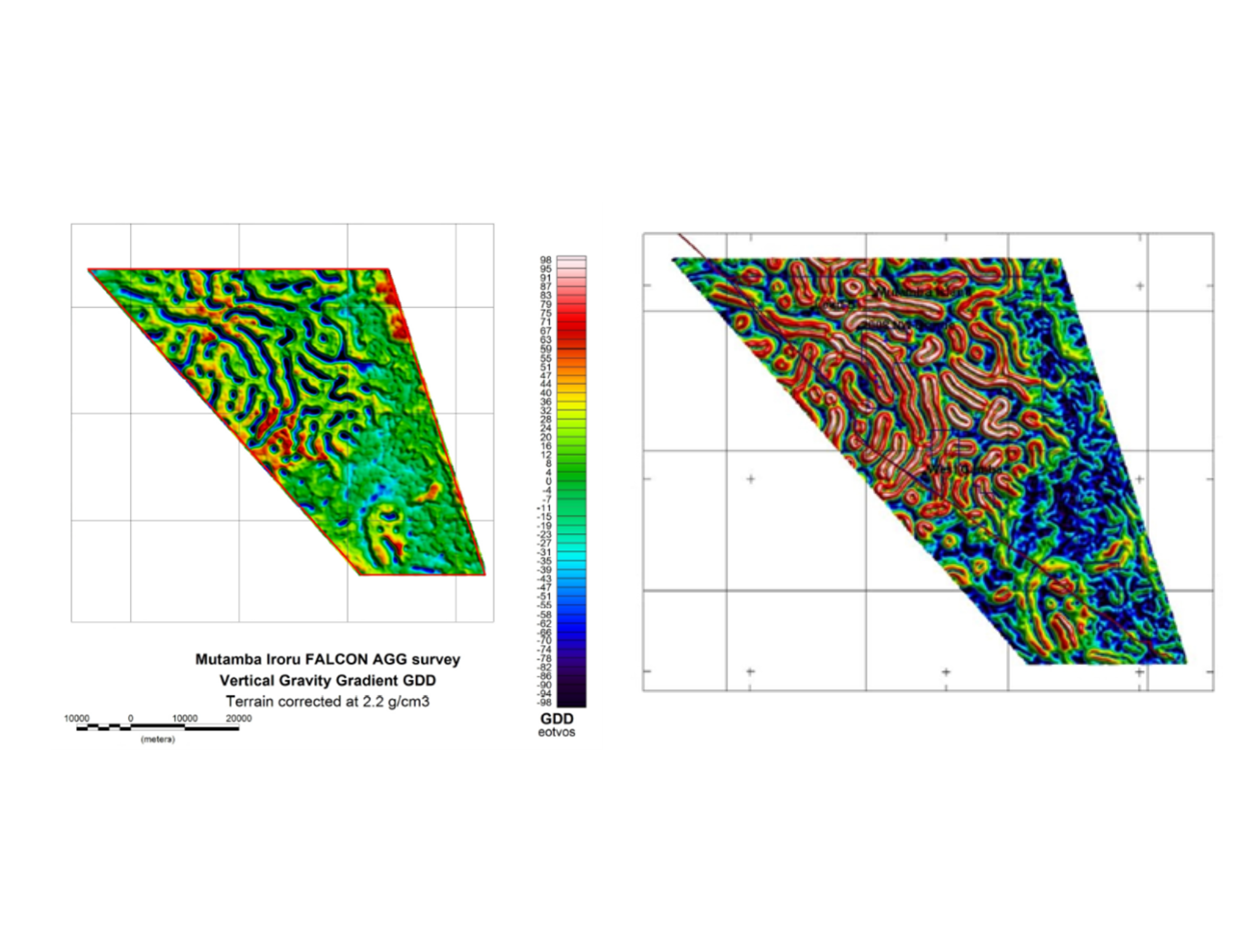
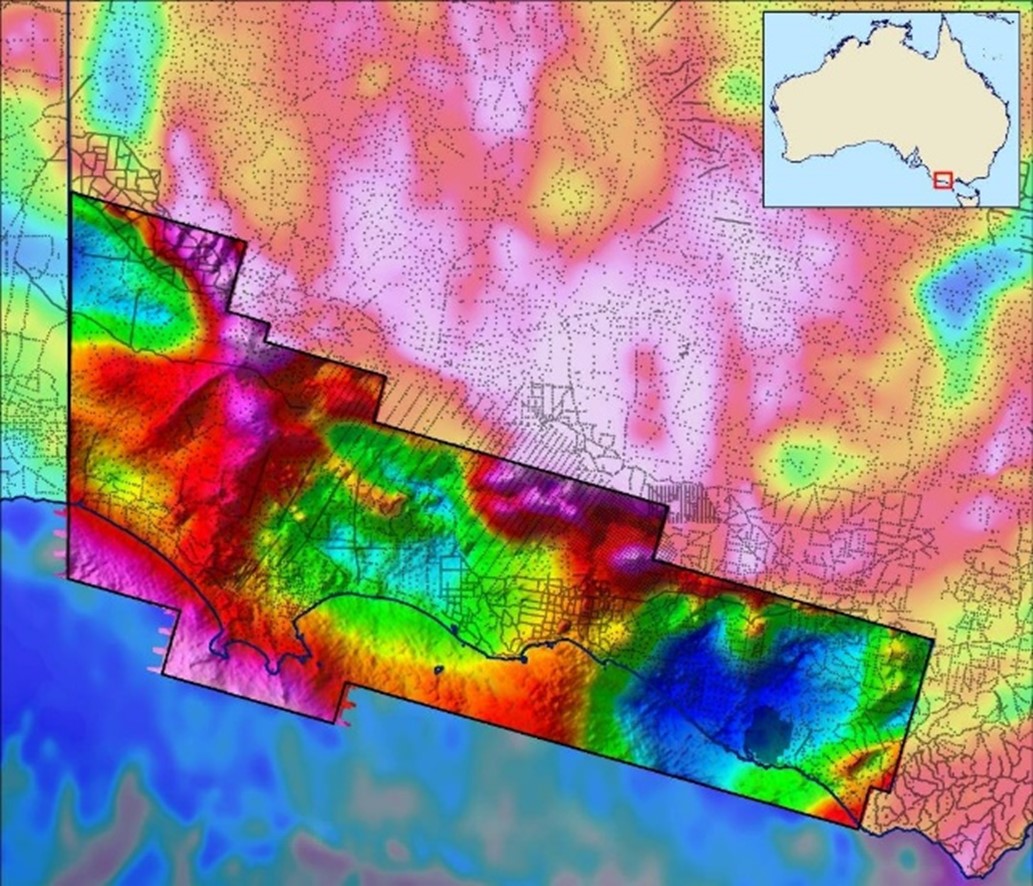
Multiphysics for the Near Surface
Quantitative multiphysics approach integrating (Airborne Electromagnetics) AEM techniques provide competitive solutions to improve seismic imaging by:
- Accurately mapping shallow faults.
- Characterizing velocity anomalies from near surface heterogeneities.
- Velocity modeling using resistivity.
- Increasing resolution of the permafrost models.



Airborne Electromagnetics (AEM) has demonstrated to improve sub-surface magneto-telluric and seismic imaging as well as to directly detect and image the resistivity structure.
